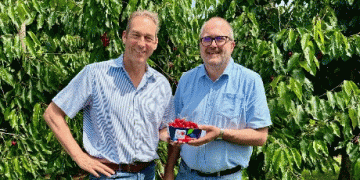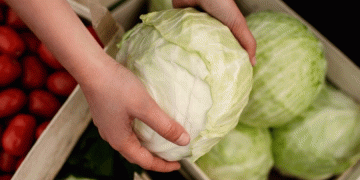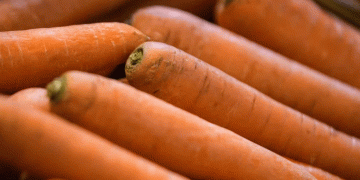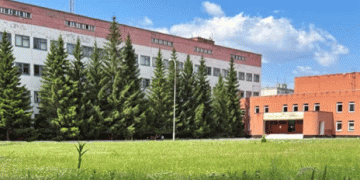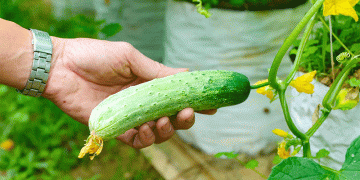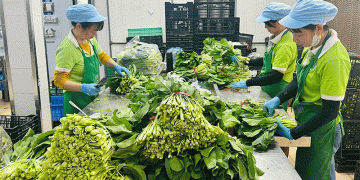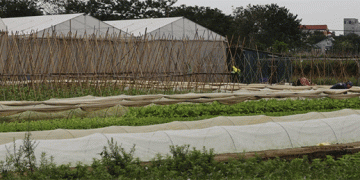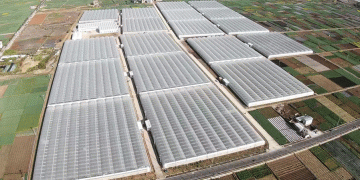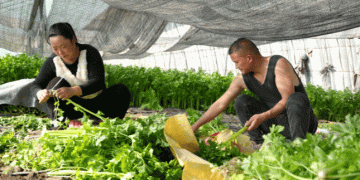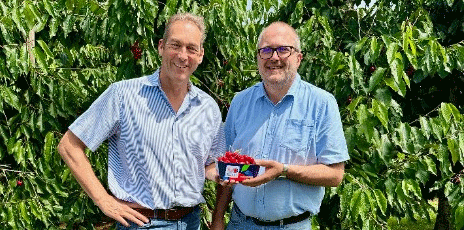The 2025 cherry season in the Lake Bodensee region is proving to be a standout year, characterized by stable yields, superior fruit quality, and rich flavor profiles. With a strong focus on protected roof cultivation, local growers have minimized weather-related risks while ensuring consistent ripening conditions.
Protected Cultivation: A Game-Changer for Quality
Around 80% of Bodensee’s sweet cherries are now grown under protective roofing, a method that shields delicate fruits from rain, hail, and extreme temperature fluctuations. This approach not only enhances fruit firmness and sugar content but also reduces reliance on chemical treatments, aligning with EU Farm to Fork sustainability goals (European Commission, 2025).
Climate Advantage: The Lake’s Natural Benefits
Lake Bodensee acts as a natural heat reservoir, moderating nighttime temperatures and extending sunlight exposure. Studies show that regions with stable microclimates can improve cherry Brix levels by up to 2-3% compared to open-field production (Journal of Horticultural Science, 2024).
Leading Varieties & Breeding Innovations
Traditional favorites like Regina and Kordia remain dominant, but new Cerasina® varieties are gaining traction for their early and late-season adaptability, optimized for taste and shelf life. These cultivars are part of a broader push toward climate-resilient fruit breeding (Fraunhofer Institute, 2025).
Marketing & Consumer Engagement
This year, Bodensee cherries are featured in the national “Superheroine Cherry” campaign (July 16, 2025), a BVEO-led initiative promoting German-grown fruit. Retail promotions, including a nationwide sweepstakes, aim to boost demand and highlight regional advantages.
However, challenges persist. Early imports from Turkey and Spain continue to pressure local prices, despite Bodensee’s superior quality. Tim Strübing, CEO of Obst vom Bodensee, emphasizes: “Transparency, sustainable practices, and consumer education are key to securing the future of regional fruit.”
The 2025 Bodensee cherry season demonstrates how protected cultivation, ideal climate, and strategic marketing can elevate fruit quality and sustainability. Yet, maintaining competitiveness requires stronger consumer awareness of regional benefits and fair pricing structures.
